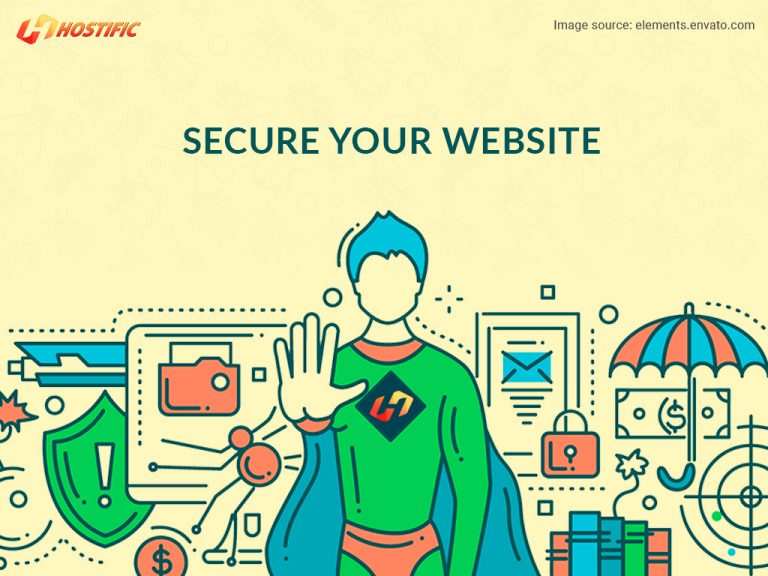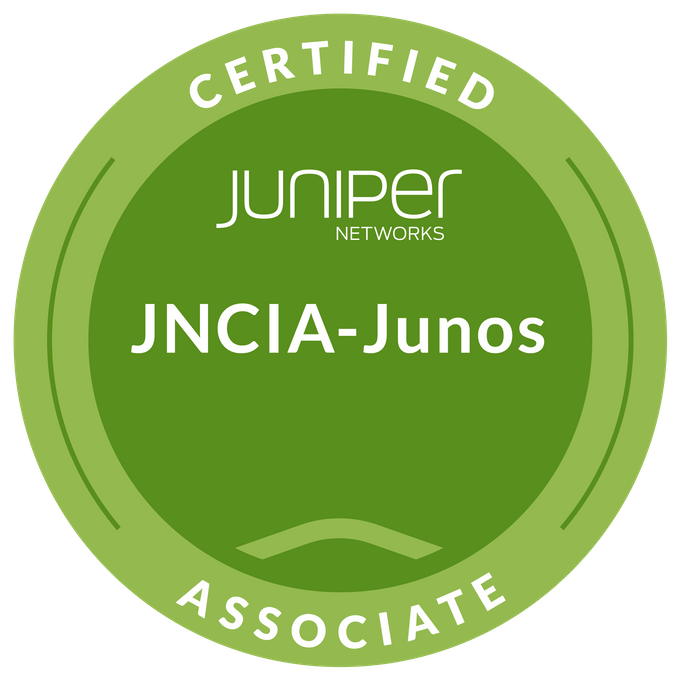Thousands of new websites get blacklisted by Google for malware every week. While another 33,000 are tagged for phishing each week according to Google Transparency Report. Do not take this lightly; this is a pretty scary statistic. Websites become targets of security attacks as Content Management System (CMS) powers near 27% of the internet and attracts the attention of security threats. This can lead to insertion of malicious code, stealing of data and takes the sites down. This needs some serious prevention and security steps to secure websites from attacks.
Table of Contents
1. Backup:
There is certainly no use of having a website if you do not have one or two up-to-date backed up versions of your website. New research shows that website hacks and ransomware etc. continue to increase. Approximately 90,000+ websites gets hacked every day. So, what would a website owner do in that case if it does not have a backup solution? In case something breaks, website backups come in handy. Customers need regular backups to get everything covered. Most of the host webs offer free backup service. There are several outsourced backup services that customers can also get like Acronis. This type of service not only backs-up a website but also, constantly monitor and scans the website for security breaches.
2. Keep the Website Up-to-date
Update software, security and scripts regularly as it can allow intruders to hack the website. If it is a hosting service then updating the website is necessary as well. Whenever a website update is available, install it immediately – don’t wait. Software and browser updates often seek to address security vulnerabilities. Likewise, ensure that you update your SSL certificates, and other important certificates on your website. This step does not affect the security of the website directly. This step will ensure that website continues to show up in search engines.
3. Security Plugin
Constant protection is available by using different website firewalls and customers can subscribe to that. Website hosting services like WordPress, offers security plugins which is just like protecting the website with security software. Customers can also install WordFence which has security features of WordPress that protects the websites without any setup complications. There are cloud-based firewalls as well including website application firewalls (WAFs). For these customers need to download firewalls into their computers for use.
Another aspect in this regard is to keep the themes and plugins updated. Hackers often target vulnerable codes. The moment a notification is seen the customer needs to update the plugin and theme immediately. If a plugin or theme is no longer in use or forgotten then these have to be removed or deleted.
4. Password Protection and Other Security Options
Using “admin” as a username or login name on the website is vulnerable to a lot of hackers and bots and they will attempt to use admin to login. The website owner also needs to protect the WP-Admin Folder and Login File as this will restrict the hackers to access these areas. The sensitive files’ folders are also convenient to hack. The owner needs to change the name of the location of such folders to something random and boring. This step will also make it harder to locate these files.
Steps to protect your passwords
Usage of unique passwords for admin level site is not enough. The website owners need to set up complicated and random passwords that cannot be replicated anywhere else and they also need to store the key of passwords outside the directory of the website. The passwords can be stored in an offline file on a different hard drive or computer. If the user passwords are stored on the website, store them in an encrypted format. If the website owners store passwords in plain text format, then passwords can be stolen easily by the hackers and they can find the file.
Also keep the login attempts limited. As logging in several times into a website leaves it vulnerable to force and malware attacks. Hackers may try mutliple combinations with a special tool to crack login passwords. There are several options that can limit the login attempts like WordFence, LockDown Plugin. These services block several login attempts.
Effectively Manage File locations
Another important aspect in this regard is to prevent users from uploading files to the website. When people upload files to a website, security vulnerability loophole automatically opens. The areas where people can upload files also need to be removed. Forms can also be limited so that they allow only one file type to upload. If a website relies on a webpage form for submission of letters etc. then this problem can be solved by setting up email address for submission and that address can be added to the contact page of the customer. In this case users will email the files instead of uploading.
Website Error Messages
Keeping the error messages simple also restricts the hacking as it can give too much information and malware and hackers can exploit that by getting access to the root directory of the website. Avoid adding explicit details to the website’s error messages and offer a concise apology. Also link back the users to the main website. Examples include 404 errors, and 500-type server codes etc.
5. SSL or HTTPS Encryption
An SSL certificate helps to activate HTTPS protocol that encrypts browser to server communication – the first steps on online security. This ensures that website is able to transfer only encrypted information back and forth between the website and the browsers of the users. The website owners only have to pay a yearly fee to maintain the SSL certification. Paid options for SSL certifications is necessary for validating both a website and the owner details etc renewable annually, tri-annually and sometimes even longer.
Free certificates exist but only for DV SSLs, these only do half the job and must be renewed every 90 days. Website owners have the choice of three distinct options when choosing an SSL certificate. These are: DV SSL (domain validation), EV SSL (extend validation) and OV SSL (organization validation). Google requires extended validation in order to issue green “secure” bar next to the URL of the website. Plus, EV and OV certs are provide higher levels of trust, and stronger encryption for websites.
After the installation of SSL certificate, a website files and data will be transferred through this secure HTTPS protocol with encryption. By installing the SSL certificate to the website’s “Certificates” section, website owners can activate the HTTPS encryption.
That’s a Wrap!
We hope you found the information about securing your website useful. Whether it’s website backup, password protection or SSL certificate protection, using the right tools to protect your online presence will help to ward off malicious threats to your website. Let’s make the internet safe again!






